
Overview
The paper industry is a fundamental raw material industry. The paper machine is the core equipment in the pulping and papermaking process. Smart pressure transmitters promote the automation of pulping and papermaking. Smart pressure transmitters measure pressure, differential pressure, flow, level, and other specifications to enhance production capacity and reduce operating costs.
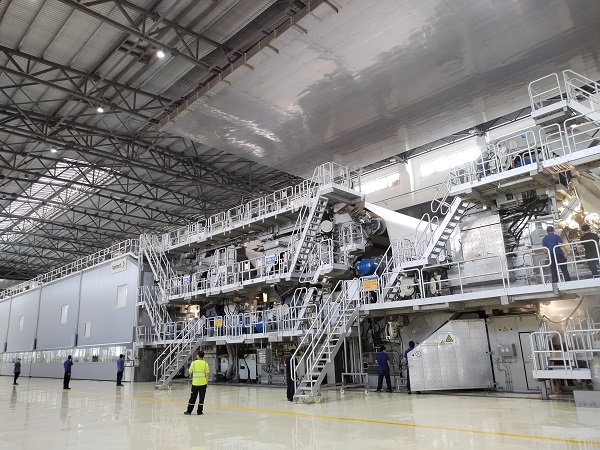
(The production site of a paper-making customer of Micro Sensor)
Paper machine is the general term for production equipment. Paper machine is the general name of production equipment, including main machines and auxiliary systems. The main machines is the headbox, wet web section, press section, dryer section, calender, reel, and drive section. Auxiliary system involves the recovery of steam, water, vacuum, lubrication, and heat.
Although paper machines have various structural forms, they generally consist of components such as stock preparation, forming, pressing, drying, surface treatment, winding, and transmission, along with associated auxiliary systems.
Paper Machine Applications
· Pulper Level Measurement
The pulper is used in the pulping process. It mixes pulp with water to disperse the fibers in the water and form a uniform slurry. The processed slurry can be supplied to subsequent papermaking equipment. The liquid level measurement can ensure that the slurry can accurately enter the headbox for processing.
| Measurement task | Level measurement |
| Measuring position | Tank |
| Measuring range | 0.1bar |
| Medium | Fiber water mixture |
| Process temperature | 20~50°C |
| Process pressure | 0~0.1bar |
| Special challenge | High temperature and high humidity measurement environment |
· Headbox Level Measurement
Pump helps paper suspension into the headbox. Through the pressurized headbox, the liquid passes through cross-flow distributors and manifolds. It reaches the screen through the rectangular discharge opening or slices. The outflow speed of the suspension is controlled by adjusting the pressure of the pump. It matches the speed of the screen. Accurate pressure measurement and minimization of the turbulence created in the headbox are crucial for this part of the process.
| Measurement task | Pressure measurement |
| Measuring position | Pipeline |
| Measuring range | 0.1bar |
| Medium | Paper stock suspension |
| Process temperature | 20~50°C |
| Process pressure | 0~0.1bar |
| Special challenge | Low range measurement |
·Drying Barrel Differential Pressure Measurement
The remaining moisture in the paper web is removed by steam and heated rollers in the dryer section. The drying process removes steam heat. A thin layer of condensation will form on the inner wall of the drum. The layer affects the transfer of heat to the paper and must be continuously skimmed off by siphoning. Inlet and outlet pressure measurements control the correct heat level transfer.
| Measurement task | Pressure measurement |
| Measuring position | Drying cylinder |
| Measuring range | 0.5bar |
| Medium | Steam/condensate |
| Process temperature | 90~150°C |
| Process pressure | 2~3 bar |
| Special challenge | High temperature & high humidity measuring environment |
· Steam Pipeline Pressure Measurement
The drying section of the paper machine requires water vapor. It is used to heat the drying cylinders for drying the paper web. The steam is typically generated in the company's power plant. It is delivered through insulated pipelines. Orifice plates with built-in differential pressure transmitters determine the flow rate to ensure optimal consumption and demand planning.
| Measurement task | Pressure measurement |
| Measuring position | Pipeline |
| Measuring range | 16 bar |
| Medium | Steam |
| Process temperature | 100~210°C |
| Process pressure | 6~16 bar |
| Special challenge | High temperature & high pressure measuring environment |
· Vacuum Pump Pressure and Level Measurement
The vacuum pump is used for dewatering on high-speed paper machines. The required high vacuum is from single-stage or multi-stage centrifugal blowers. The speed of the electric drive regulated vacuum intensity. Continuous measurement of the vacuum level is necessary for this purpose. Monitoring of the bearing lubrication system ensures reliable operation of the vacuum blower. This requires measuring the pressure in the lubrication lines and the level in the lubrication oil supply tank.
| Measurement task | Level and pressure measurement |
| Measuring position | Vacuum pump |
| Measuring range | -0.75bar |
| Medium | Lubricating oil, air |
| Process temperature | 30~90°C |
| Process pressure | -0.75~0 bar |
| Special challenge | High vacuum, high vibration |
· Auxiliary Tank Level Measurement
The cleaning of press rolls is in product changes or machine shutdowns in the paper machine. Then, press rolls is treated with a special coating. This helps protect them from adhesions and deposits. The mixed coating agent with hot water is pumped to various positions in the machine. The measurement of reservoir level is necessary to maintain automated operation.
| Measurement task | Level measurement |
| Measuring position | Auxiliary tank |
| Measuring range | 0~0.5bar |
| Medium | Pulping auxiliary |
| Process temperature | 20~50°C |
| Process pressure | 0~0.1bar |
| Special challenge | Large temperature changes, low level |
Anti-Clogging Solutions in the Paper Industry
In pulp and paper making, pulp tends to form flocculation. It easily causes clogging and hardening. Therefore, flange-type smart pressure transmitters are suitable for level and pressure measurement of pulp. It is recommended to use single-flange diaphragm seals or remote diaphragm seals according to the installation position and equipment conditions. Different media measurements will have different configurations.
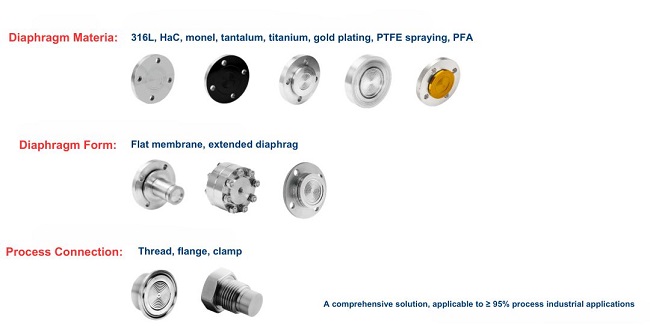
Recommended Products
In paper machines, Micro Sensor offers a range of smart measuring instruments, such as smart pressure transmitters, level transmitters, temperature transmitters, flowmeters, etc., tailored to specific application conditions. These instruments enable the recording, monitoring, and control of process parameters at various monitoring and control points throughout the production process.
MDM7000-DP Smart Differential Pressure Transmitter
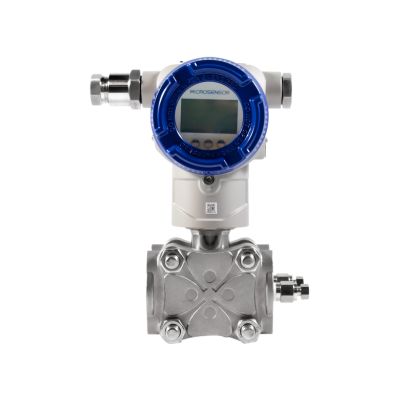 | • Range: 0.06bar~30bar; • Accuracy: ±0.05%, ±0.075% URL • Operating temperature: -40℃~85℃; • Output: 4mA~20mA DC+HART; • Certificates: PCEC, ATEX, IECEx, CSA, CE, RoHS, CCS, HART; |
MDM7000-AP Smart Pressure Transmitter
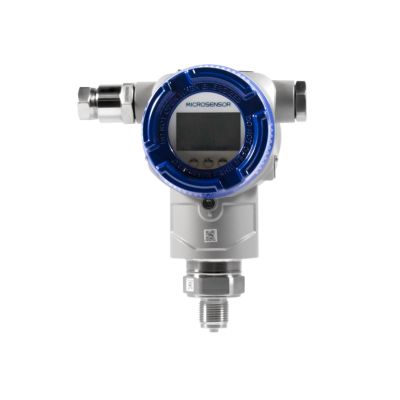 | • Range: 0.4bar~100bar; • Accuracy: ±0.075%, ±0.1%, ±0.2% URL • Operating temperature: -40℃~85℃; • Output: 4mA~20mA DC+HART; • Certificates: PCEC, ATEX, IECEx, CSA, CE, RoHS, CCS, HART; |
MDM7000-LP Smart Differential Pressure Transmitter With Remote Diaphragm Seals
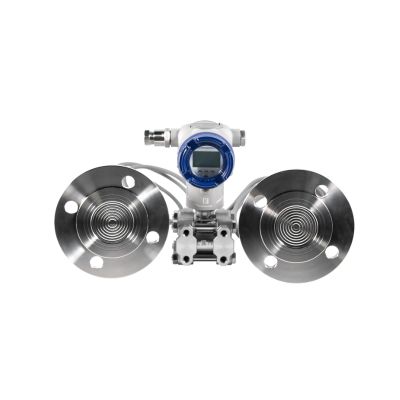 | • Range: 0.4bar~30bar; • Accuracy: ±0.05%, ±0.075% URL + Diaphragm seal system effects • Operating temperature: -10℃~70℃; • Output: 4mA~20mA DC+HART; 4mA~20mA DC+HART (intrinsically safe); • Certificates: PCEC, ATEX, IECEx, CSA, CE, RoHS, CCS, HART; |
MDM7000-LT Smart Differential Pressure Level Transmitter
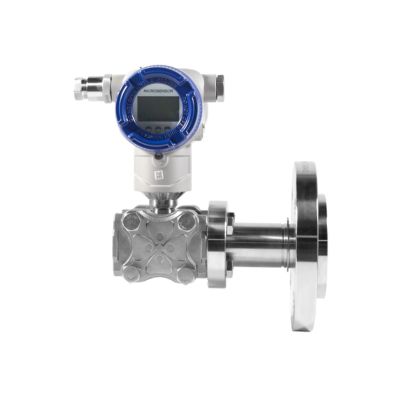 | • Range: 0.4bar~30bar; • Accuracy: ±0.05%, ±0.075% URL + Diaphragm seal system effects; • Operating temperature: -10℃~70℃; • Output: 4mA~20mA DC+HART; 4mA~20mA DC+HART (intrinsically safe); • Certificates: PCEC, ATEX, IECEx, CSA, RoHS, CE, CCS, HART; |
MTM4831 Temperature Transmitter
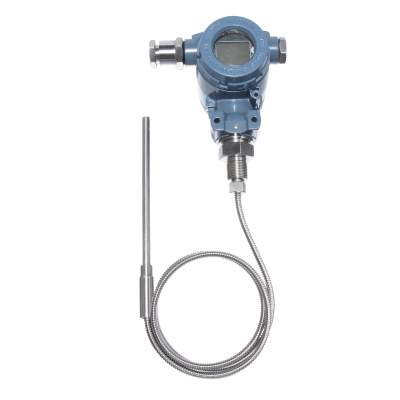 | • Range: -200°C~0°C~500°C; • Accuracy: ±1.0%FS (-200°C...0°C~500°C); ±0.5°C(-40°C...0°C~150°C ); ±0.25°C(-20°C...0°C~105°C ) • Operating temperature: -25℃ ~70℃; • Output: 4mA~20mA DC; 4mA~20mADC+HART; 4mA~20mADC+RS485; RS485; thermal resistance; • Certificates: Flameproof, intrinsically safe, CCS |
MFE600E Electromagnetic Flowmeter
 | • Range: Diameter DN25~DN200; • Accuracy: ±0.2%FS; ±0.5%FS; • Operating temperature: -40℃~60℃; • Output: 4mA~20mA DC; Hart; frequency, pulse; RS485 (ModBus protocol) RS232 output; • Certificates: TS, CNEX, CE, CCS. |
Values
Smart transmitters monitor flow, pressure, temperature in the papermaking process. The system can be adjusted and optimized in real time through the collection and analysis of these data. It also monitors and optimizes the energy consumption. This meets sustainable development goals. Owning to data collection and control functions, operators realize the remote operations and adjustments. This increases the flexibility of the production process. Faster response to production parameters is also accomplished.
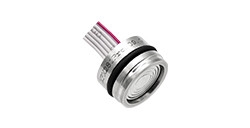

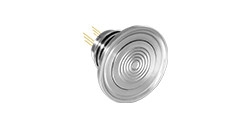

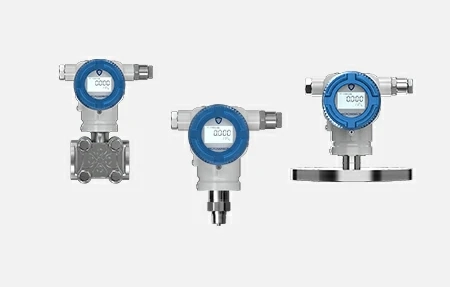

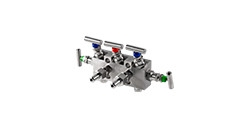
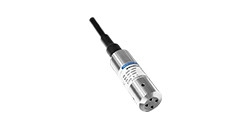
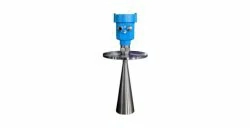


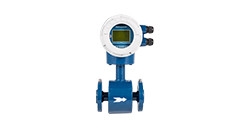
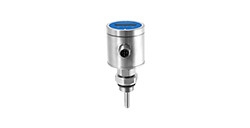

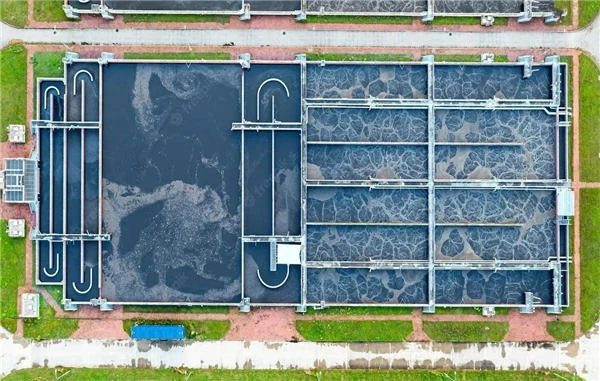
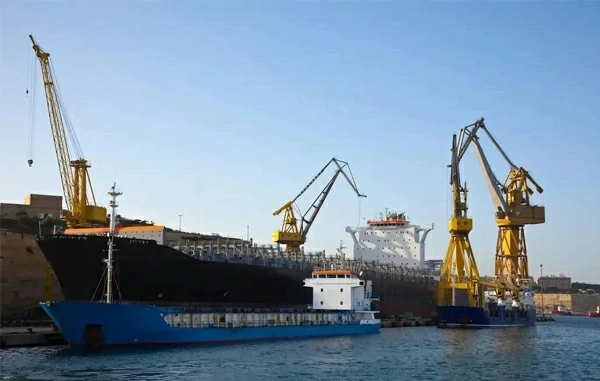
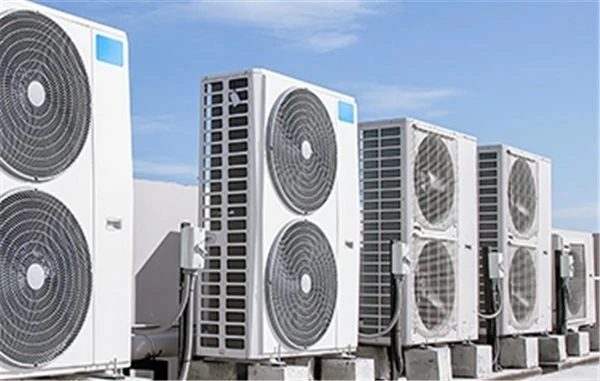

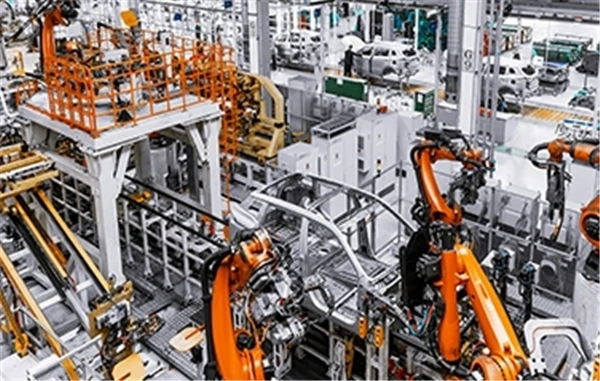
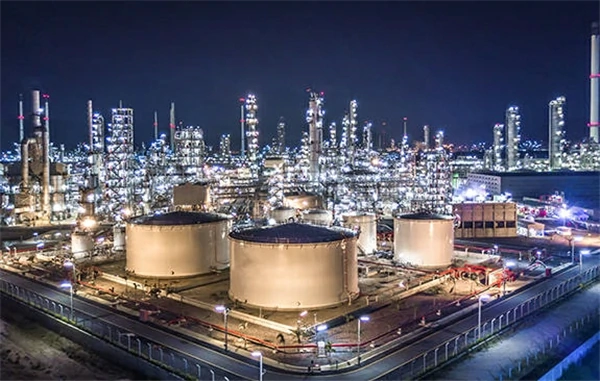
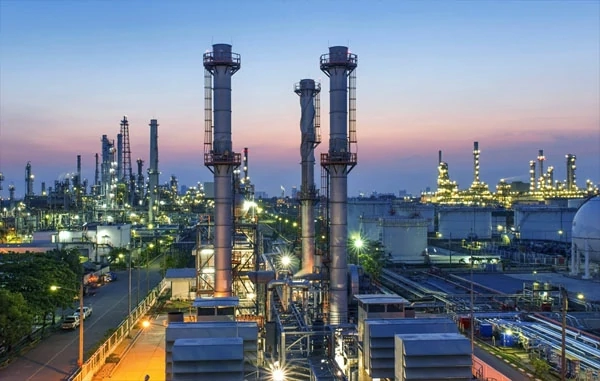

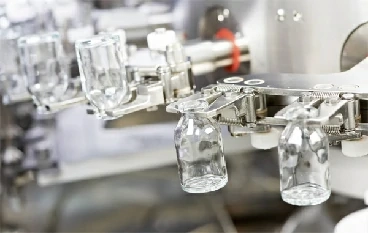
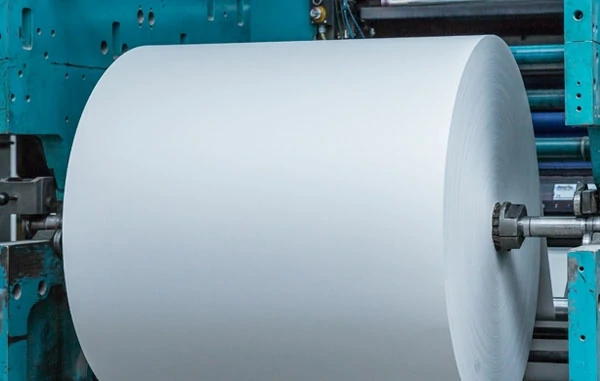
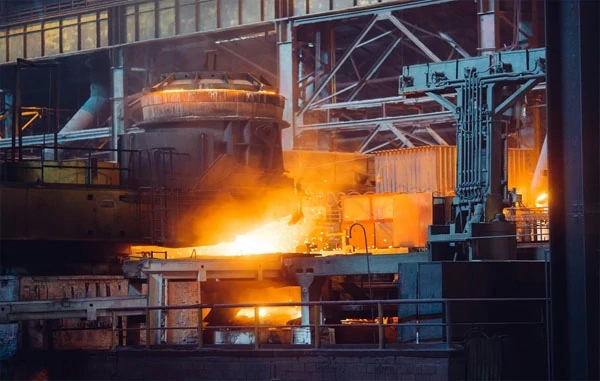
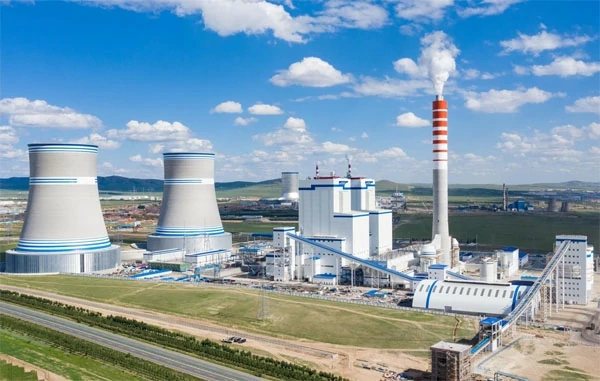
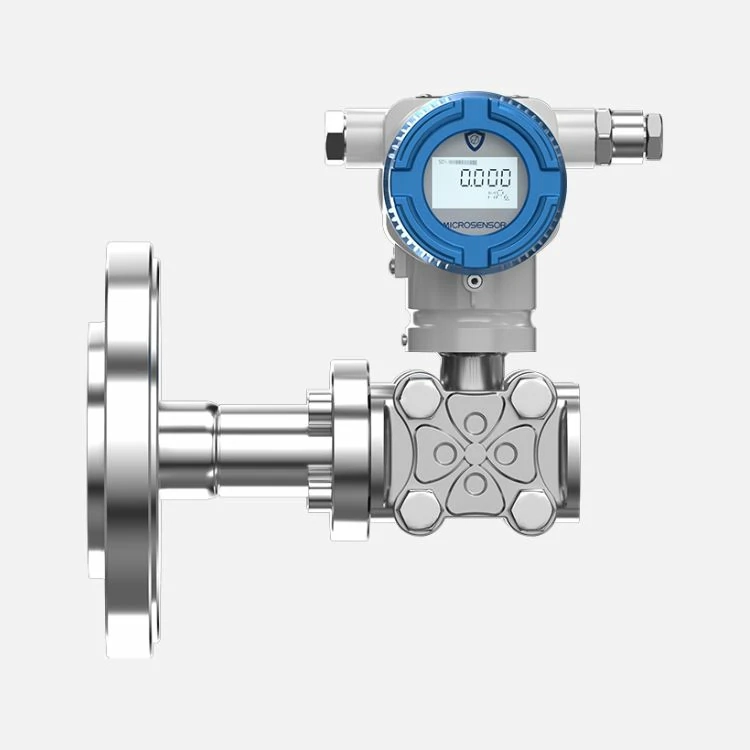
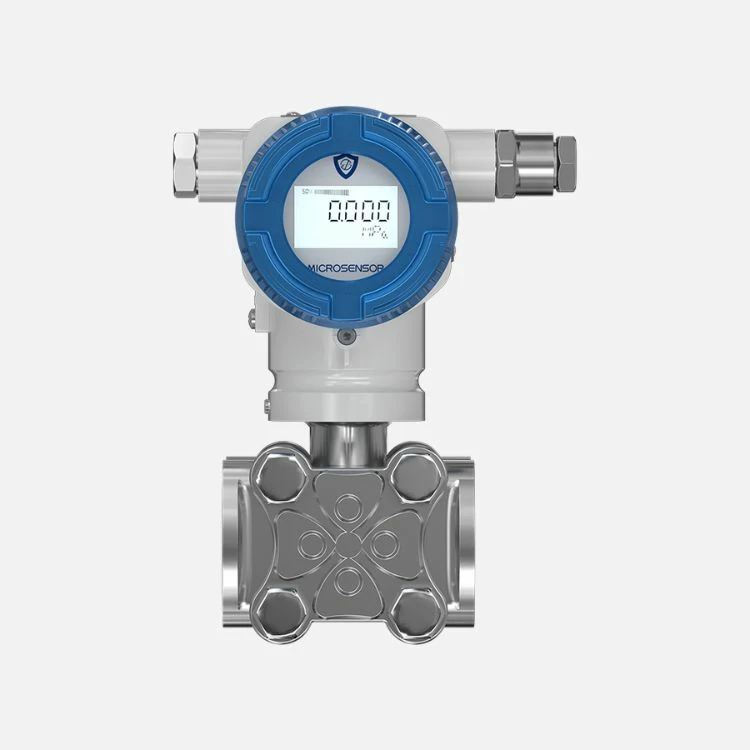

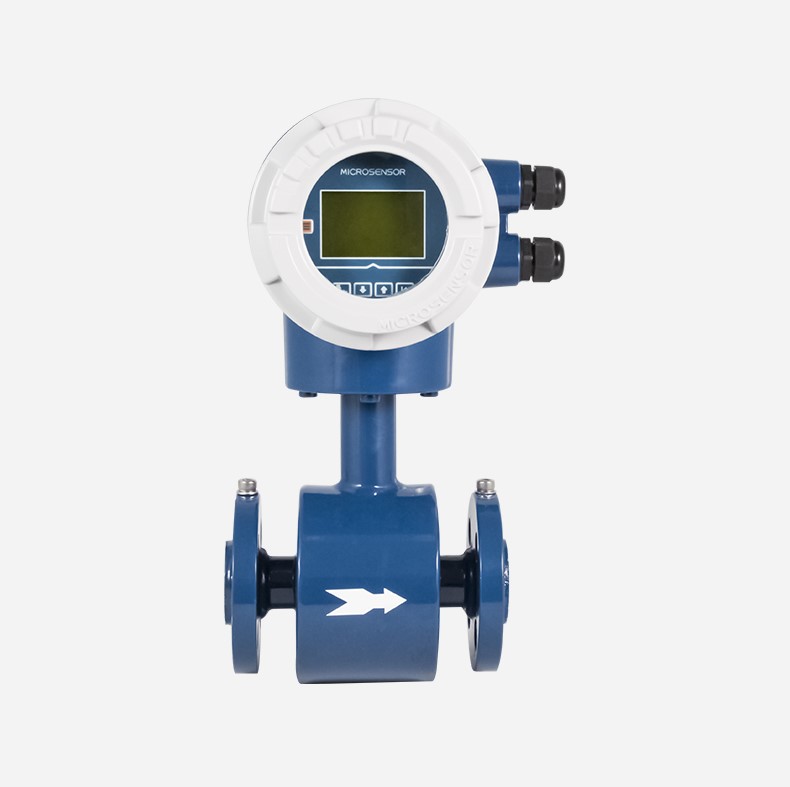
 Copyright © 2026 MICRO SENSOR CO., LTD
Copyright © 2026 MICRO SENSOR CO., LTD